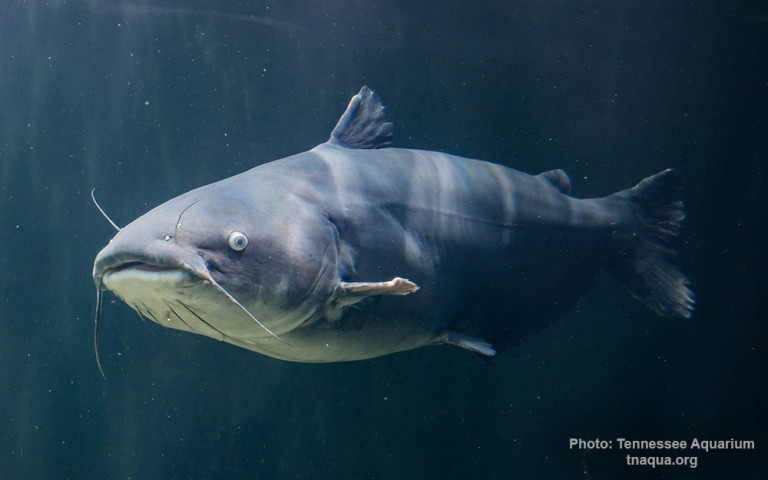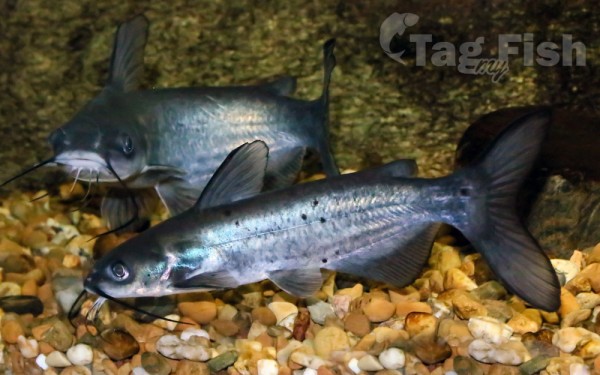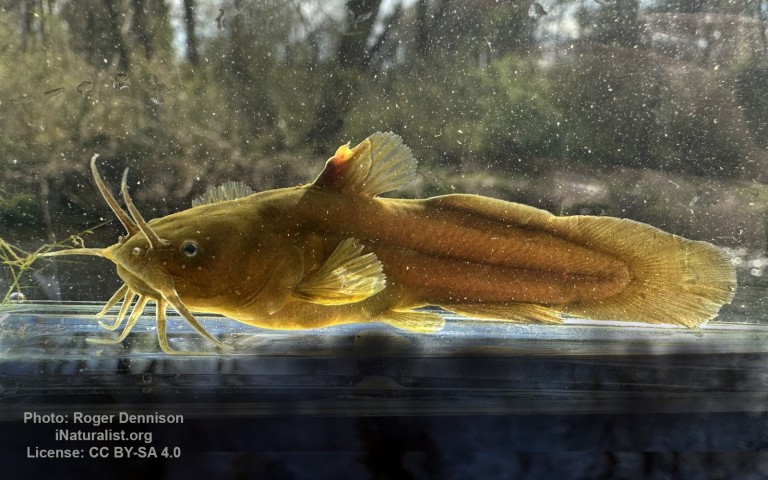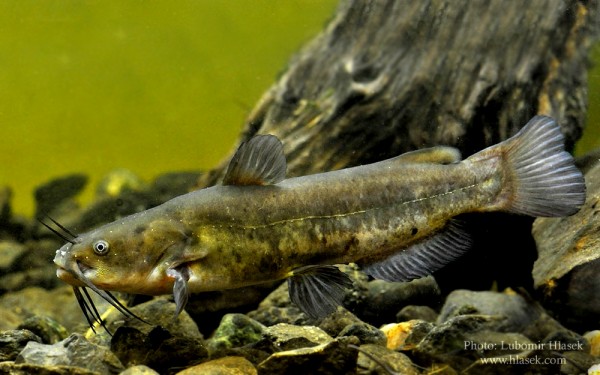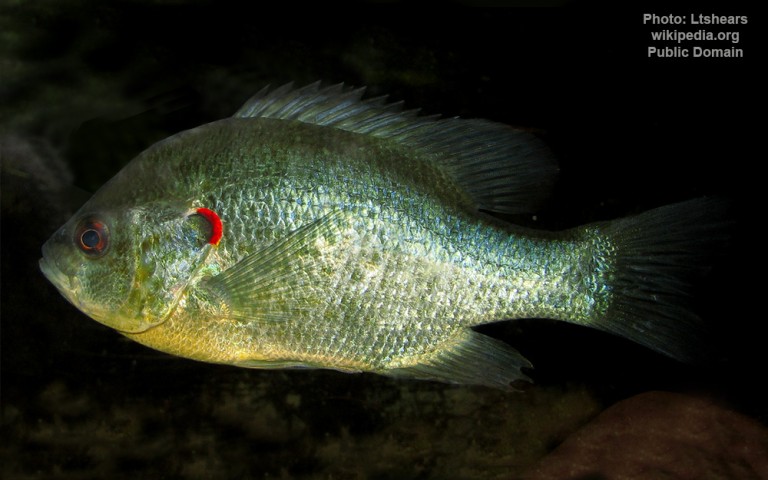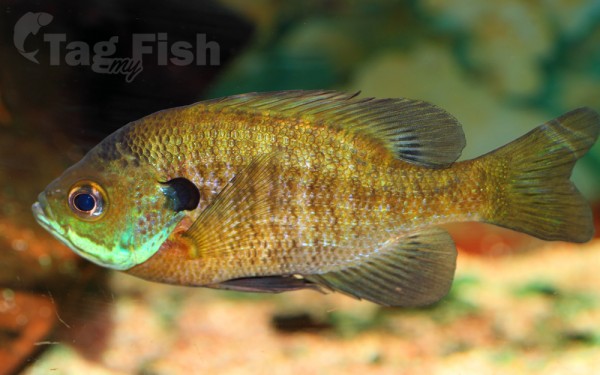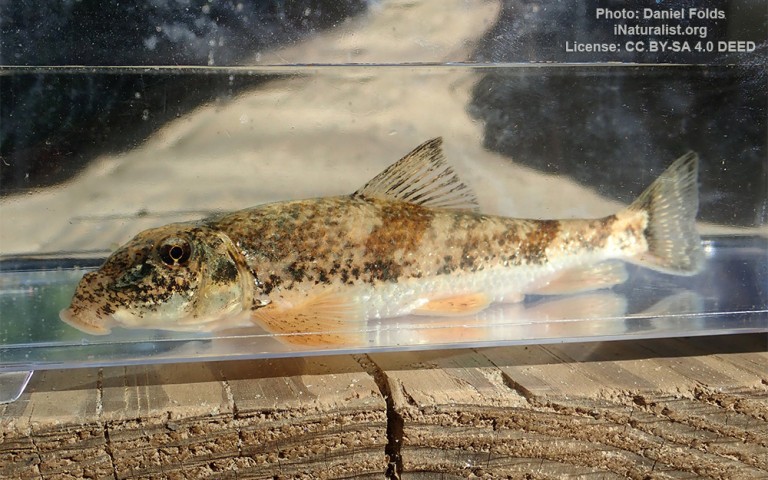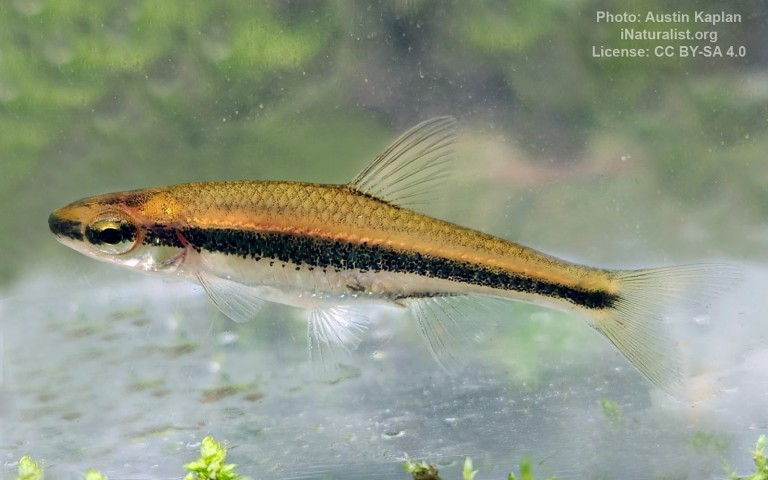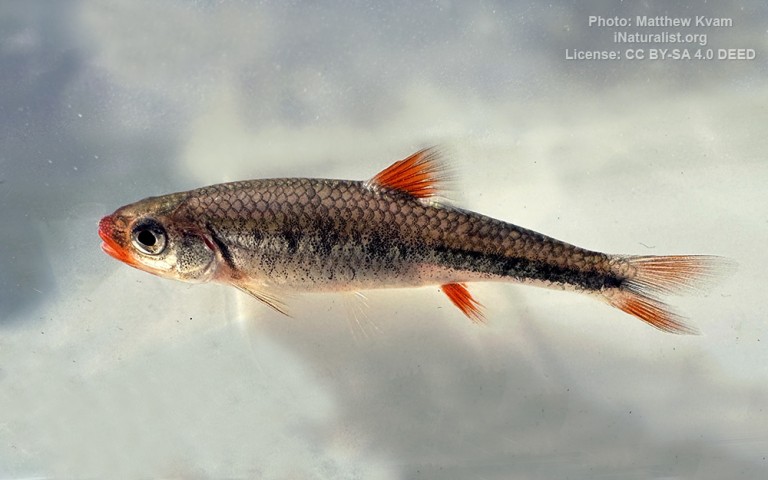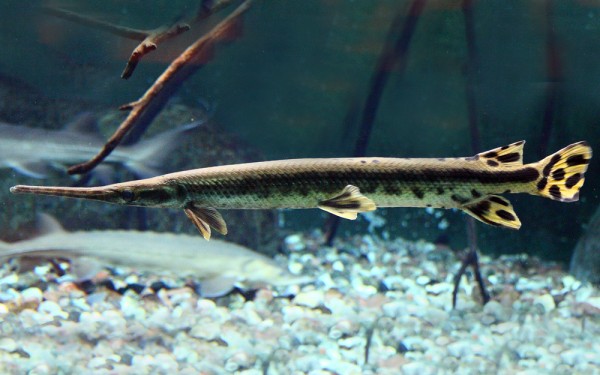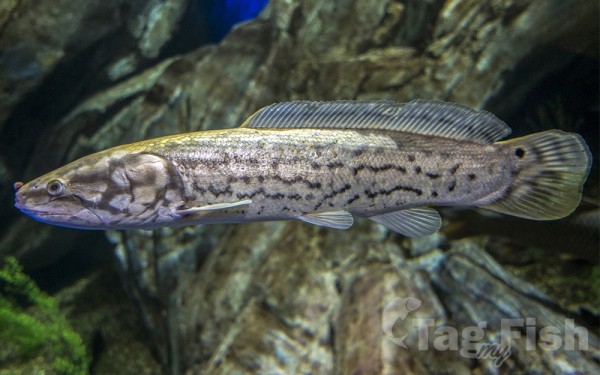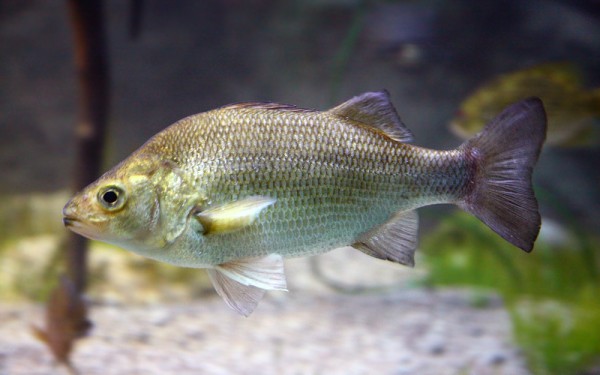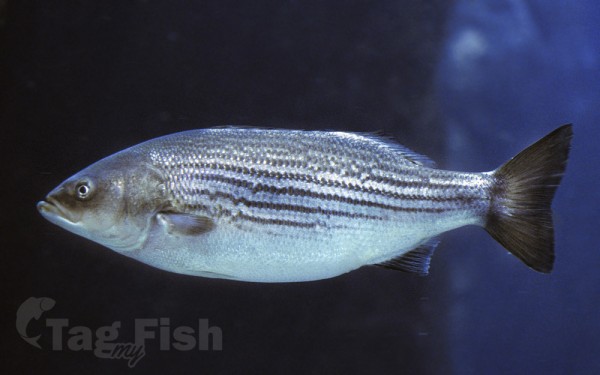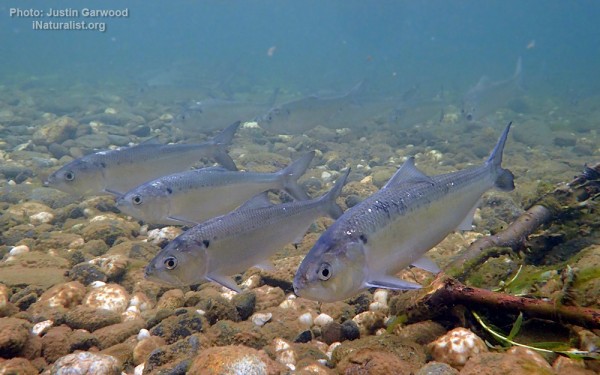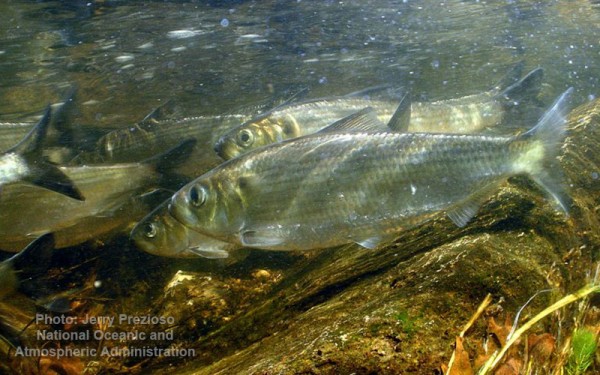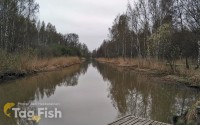Roanoke River
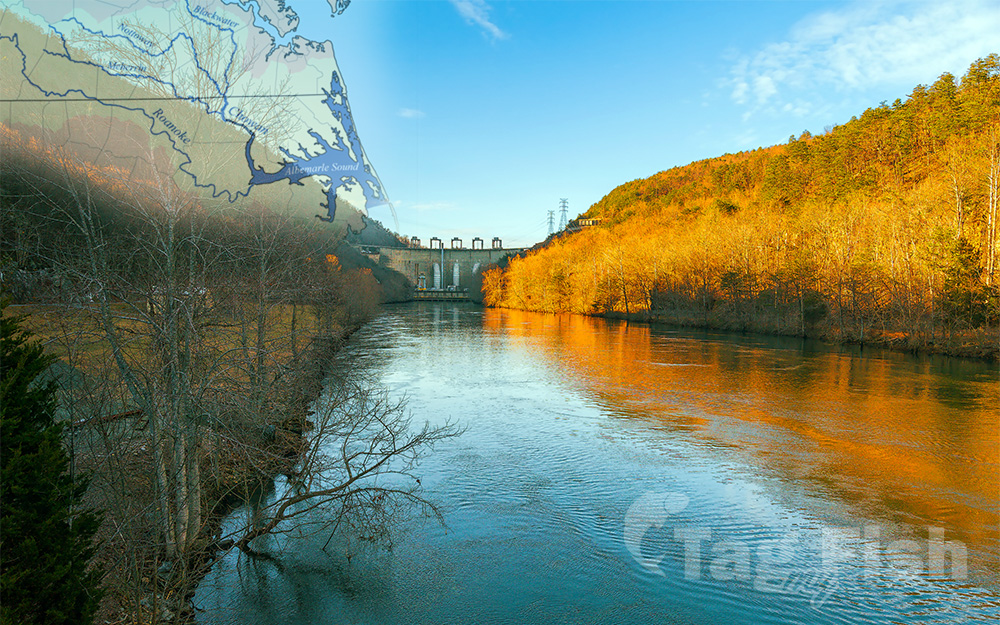
Artificial lakes
Siluriformes - Catfishes
Centrarchiformes - Basses and sunfishes
Cypriniformes - Carps
Lepisosteiformes - Gars
Amiiformes - Bowfins
Moroniformes - Temperate basses
Clupeiformes - Herrings
Cyprinodontiformes - Toothcarps
Siluriformes - Catfishes
Centrarchiformes - Basses and sunfishes
Cypriniformes - Carps
Lepisosteiformes - Gars
Amiiformes - Bowfins
Moroniformes - Temperate basses
Clupeiformes - Herrings
Cyprinodontiformes - Toothcarps
Siluriformes - Catfishes
Centrarchiformes - Basses and sunfishes
Cypriniformes - Carps
Lepisosteiformes - Gars
Amiiformes - Bowfins
Moroniformes - Temperate basses
Clupeiformes - Herrings
Cyprinodontiformes - Toothcarps
The Roanoke River runs 410 miles (660 km) long through southern Virginia and northeastern North Carolina in the United States.
A major river of the southeastern United States, it drains a largely rural area of the coastal plain from the eastern edge of the Appalachian Mountains southeast across the Piedmont to Albemarle Sound.
An 81-mile (130 km) section of its lower course in Virginia between the Leesville Lake and Kerr Lake is known as the Staunton River, as is the Shenandoah Valley city of that name. It is impounded along much of its middle course to form a chain of reservoirs.
The Roanoke River and the associated Refuge floodplain wetlands are especially important to anadromous fish, marine species that ascend rivers to
spawn. Anadromous fish include striped bass, blueback herring, alewife, hickory and American shad.
In addition to the anadromous species which frequent the River during the spawning season, the Roanoke River and its tributaries provide excellent habitat for a
diverse assemblage of resident fish species such as crappie, catfish, longnose gar, carp, shinners, largemouth bass, darters, bluegill, and white perch.
